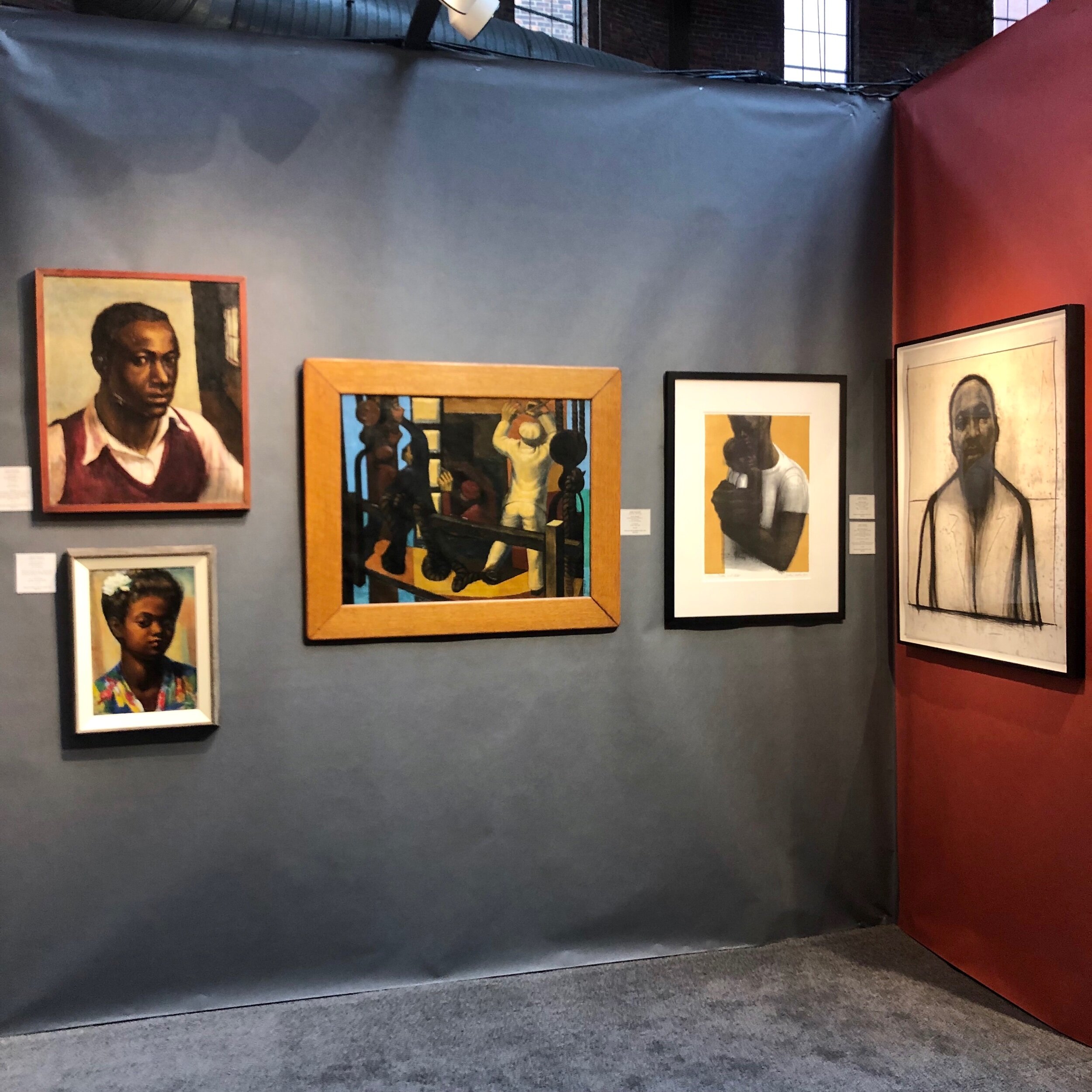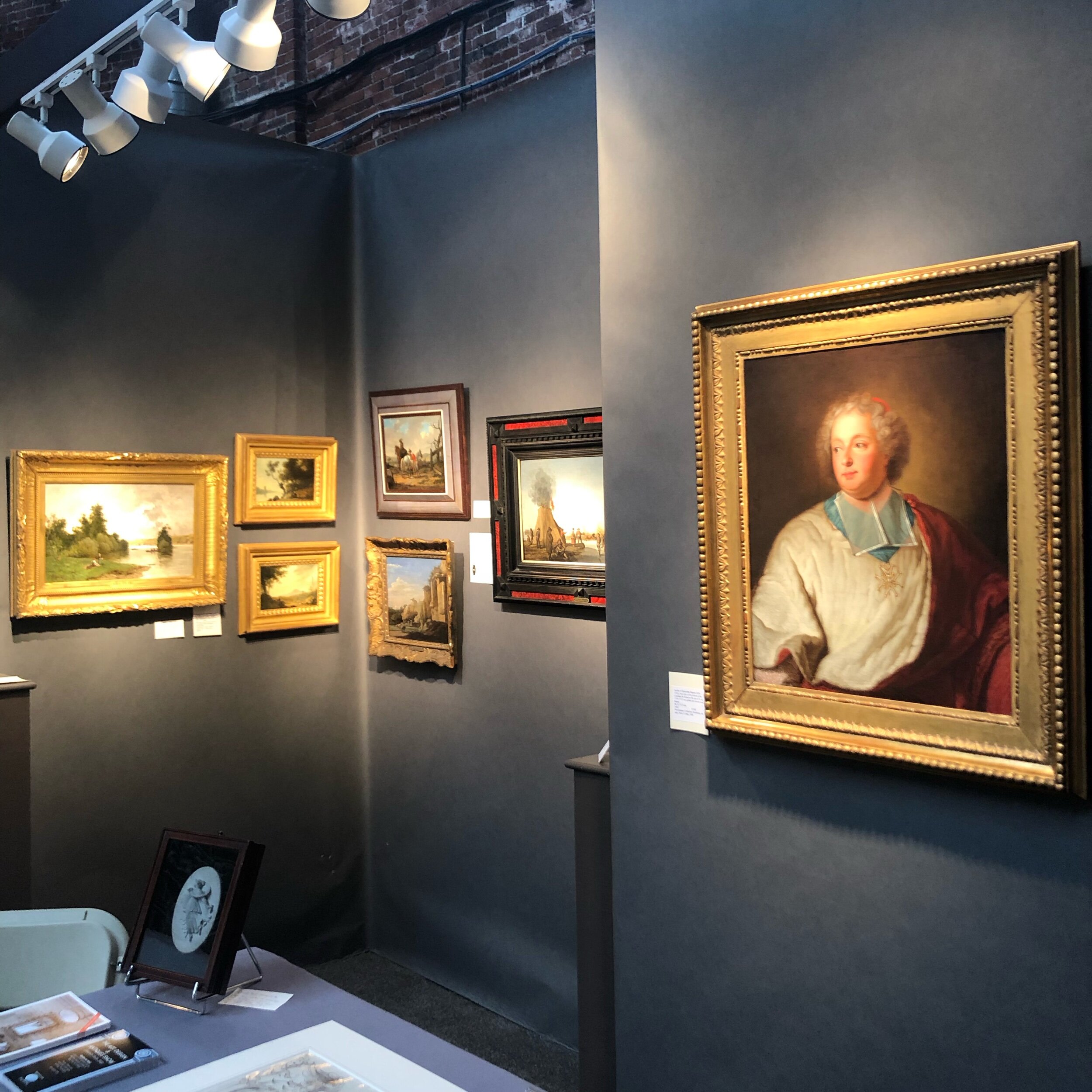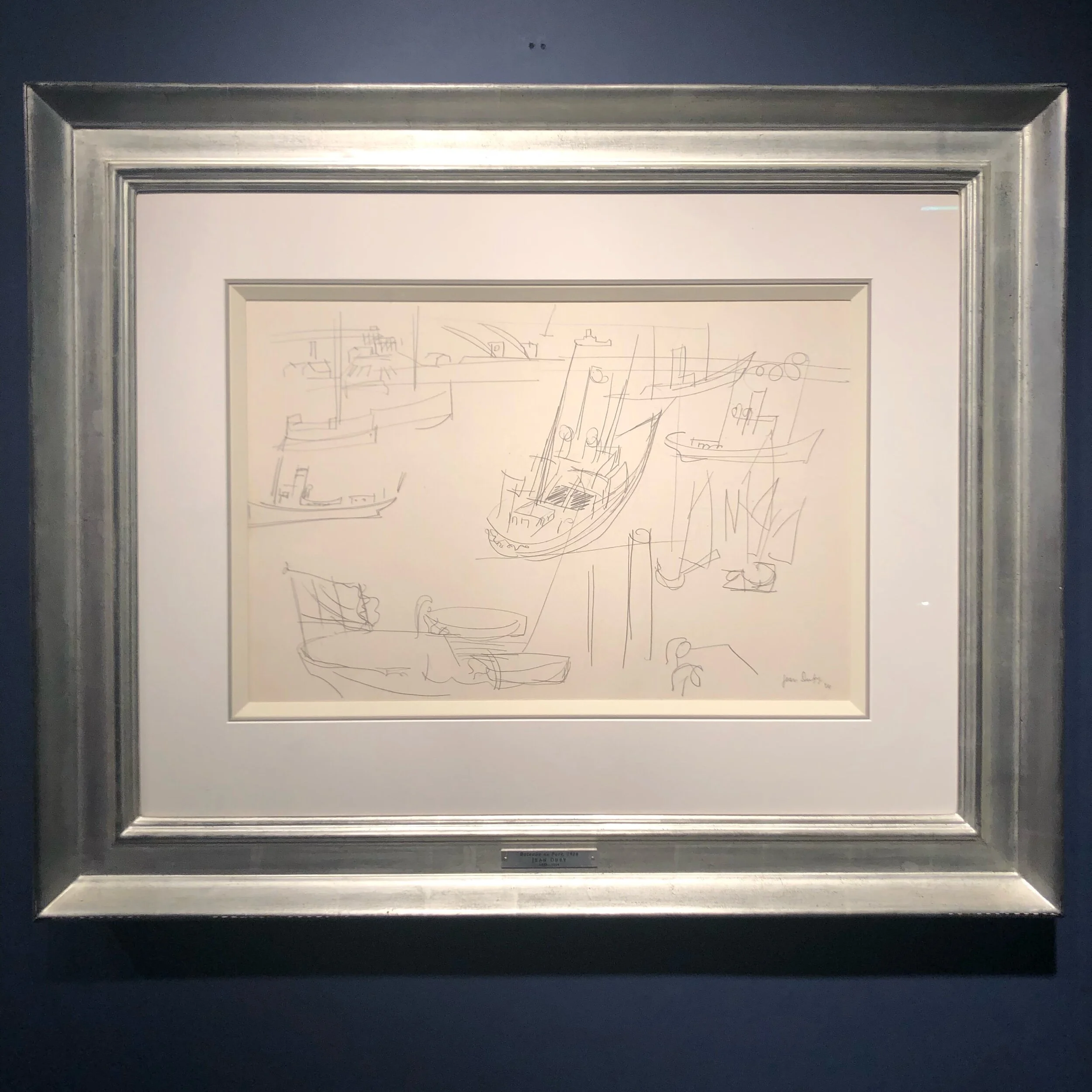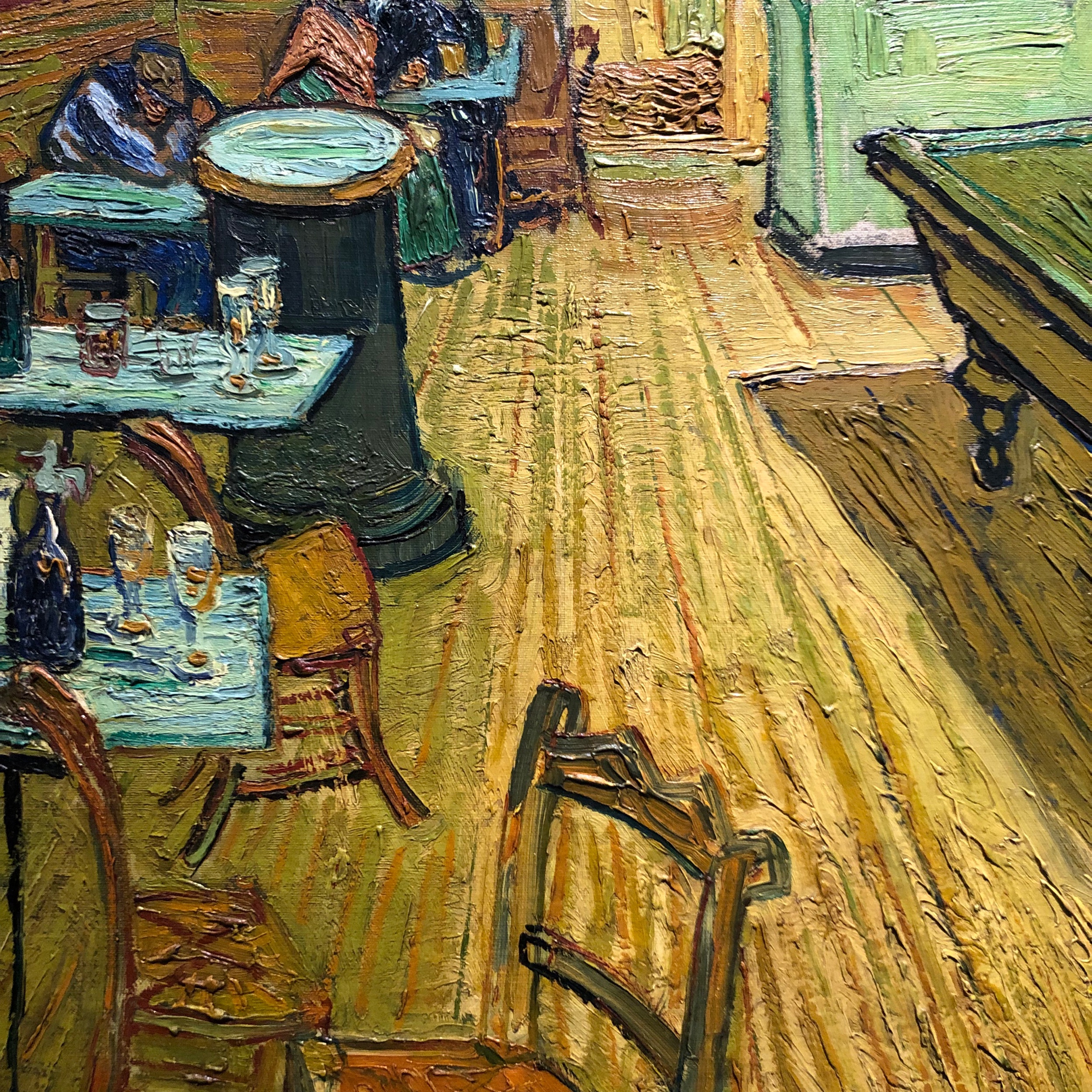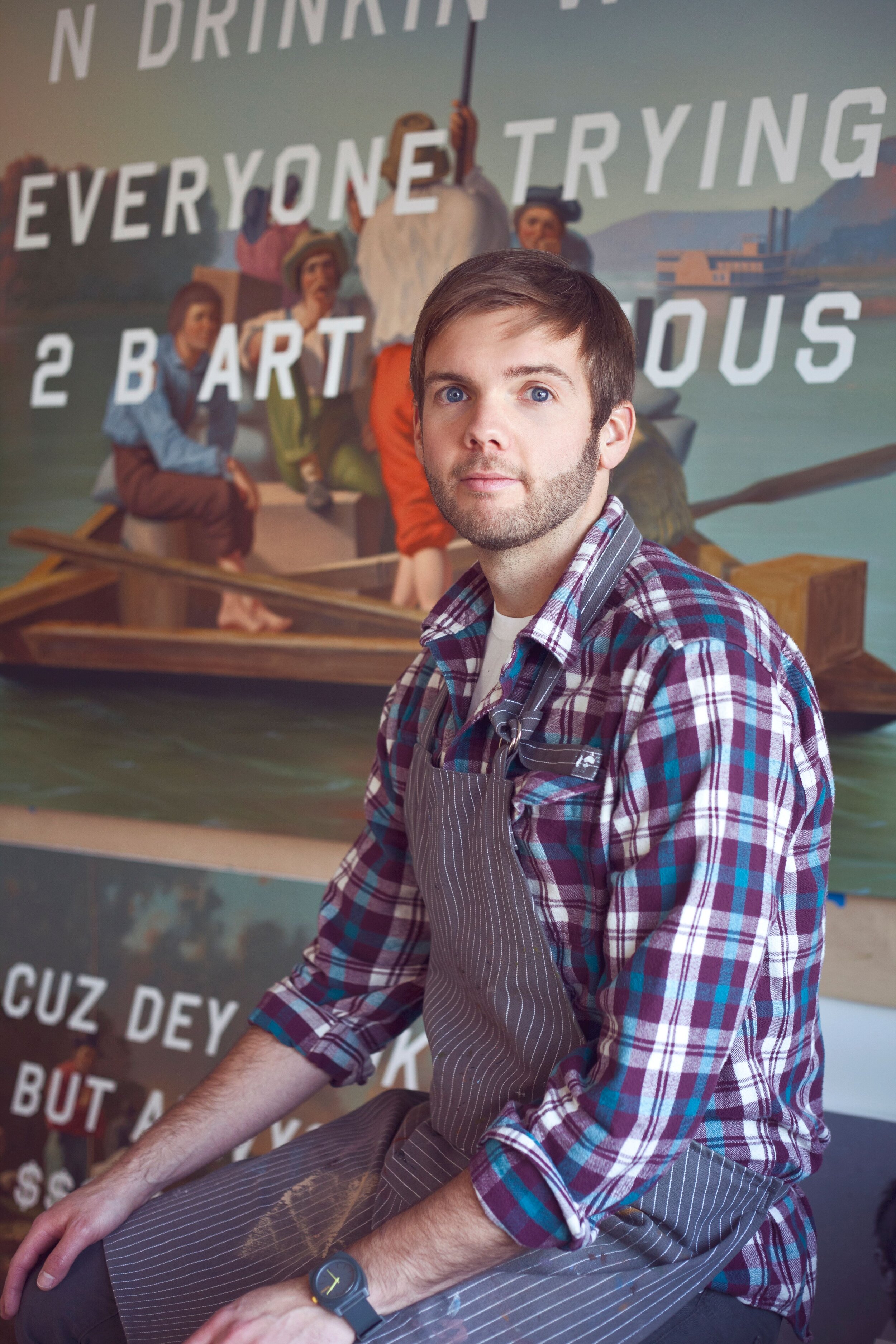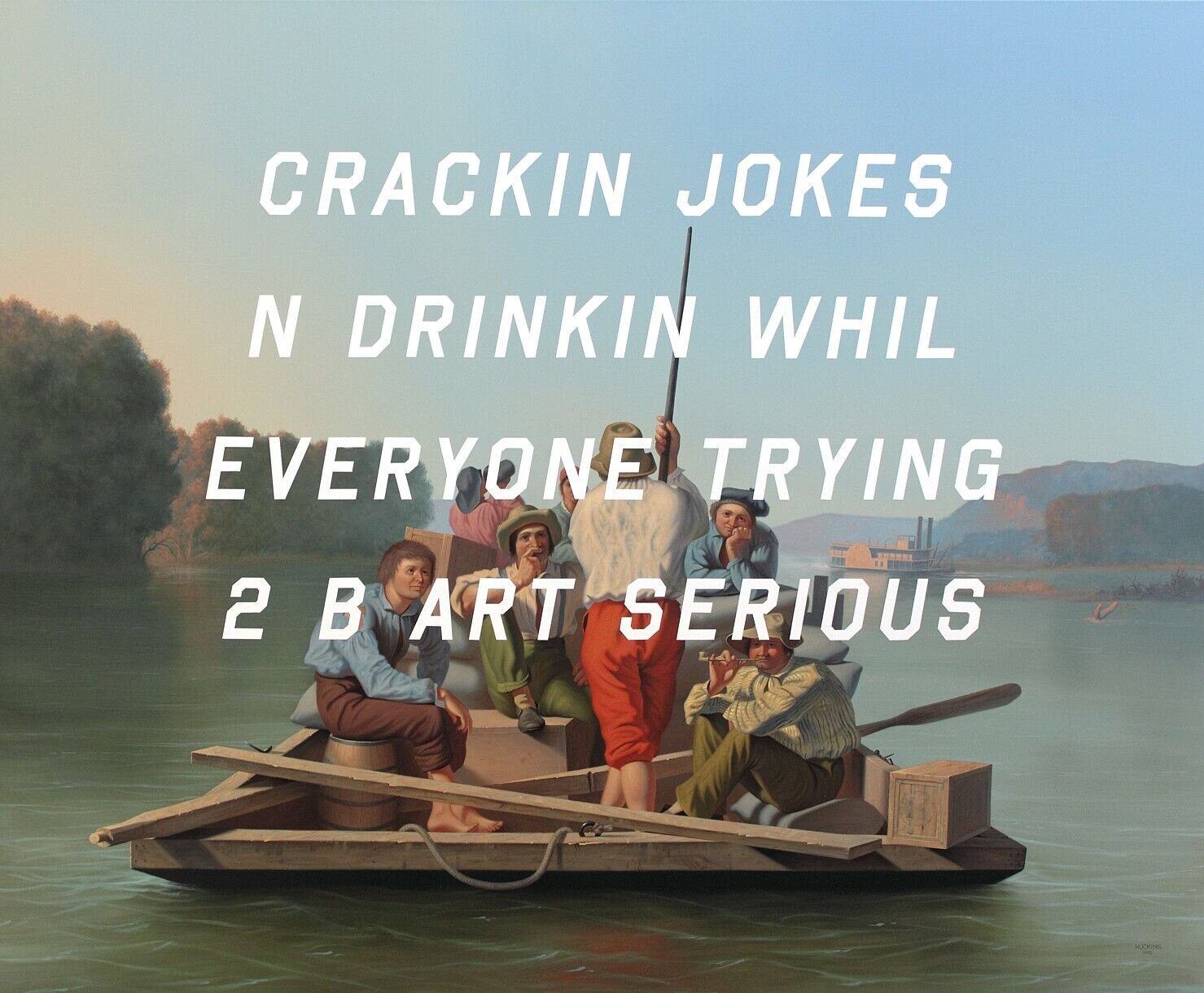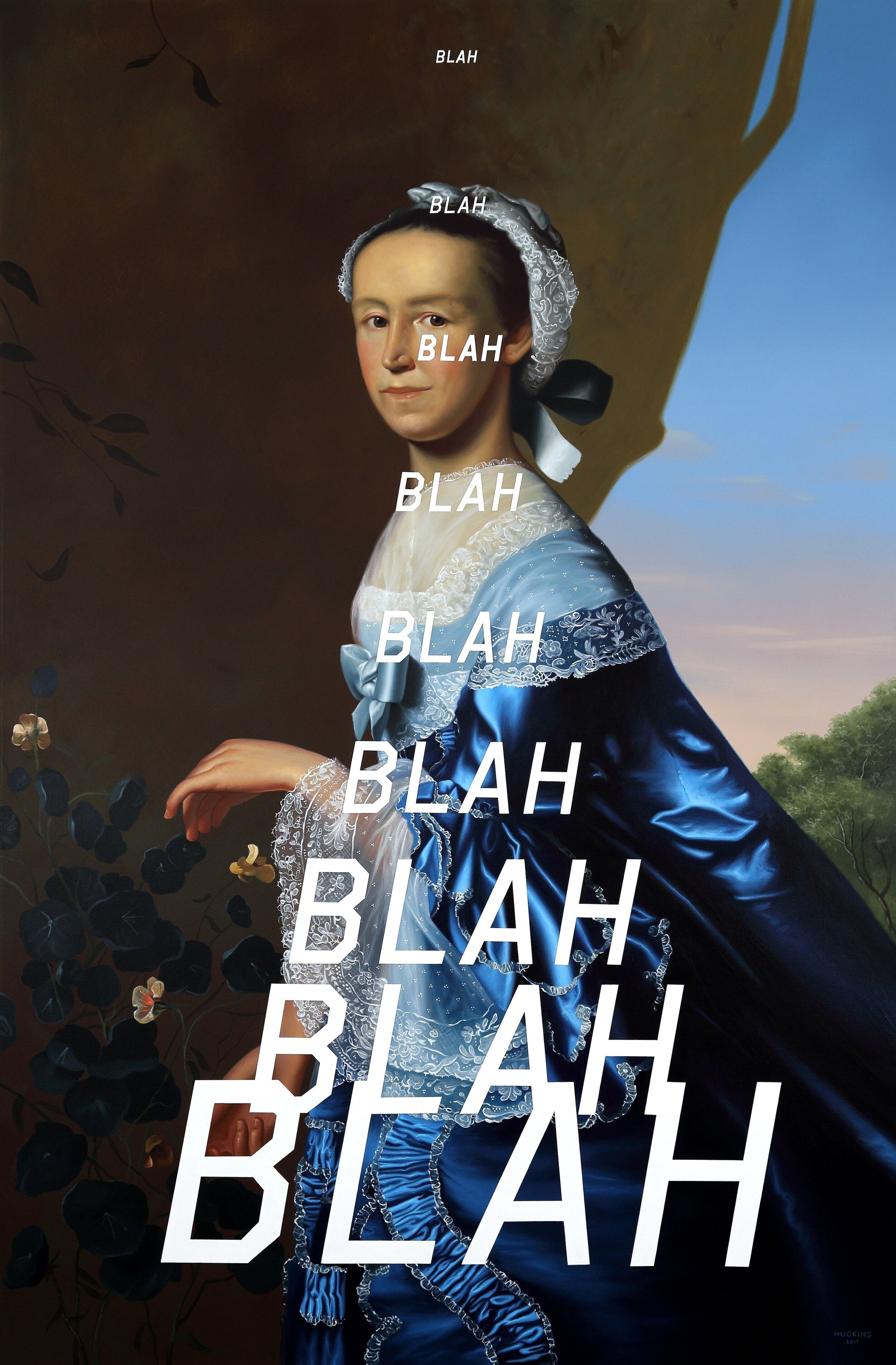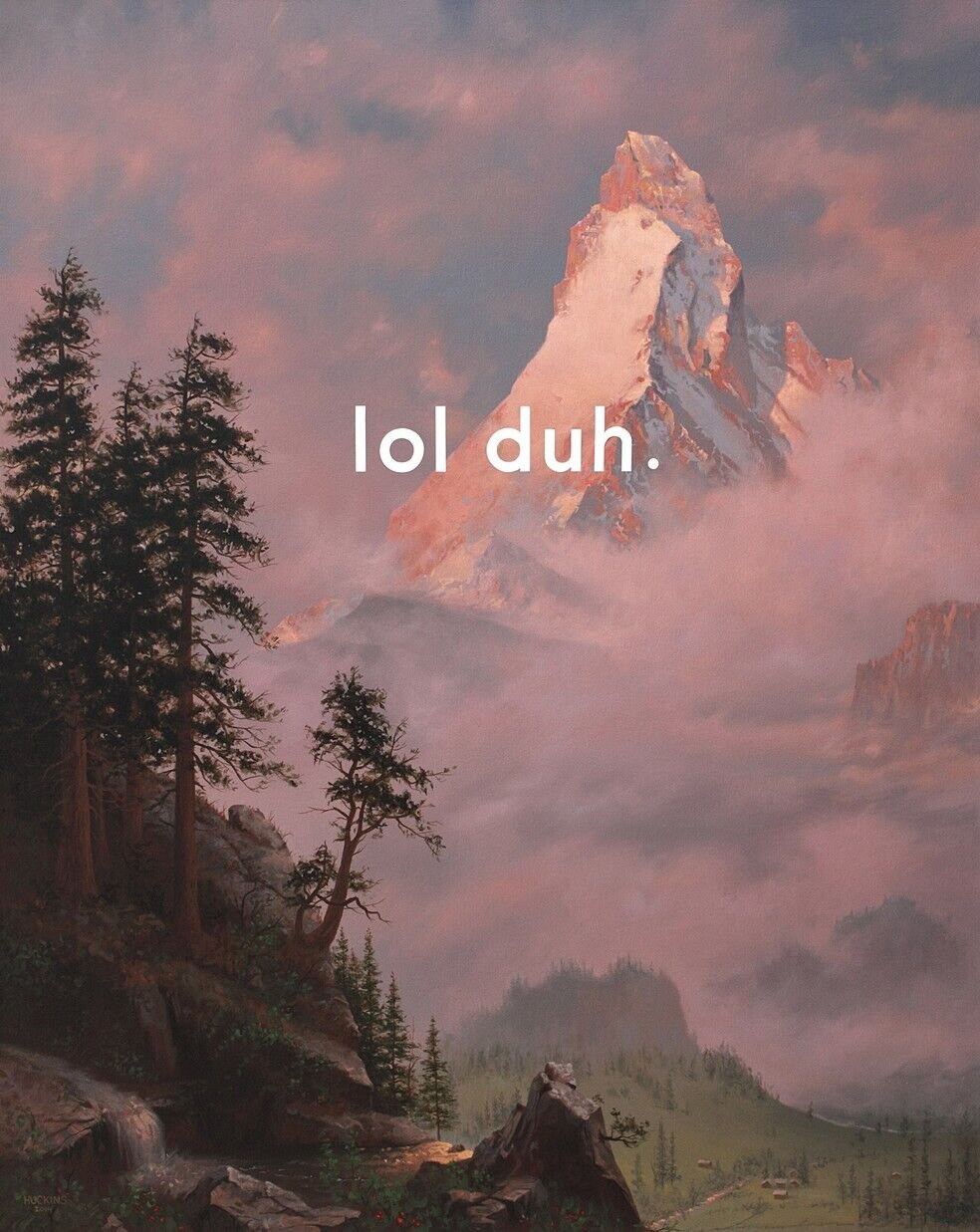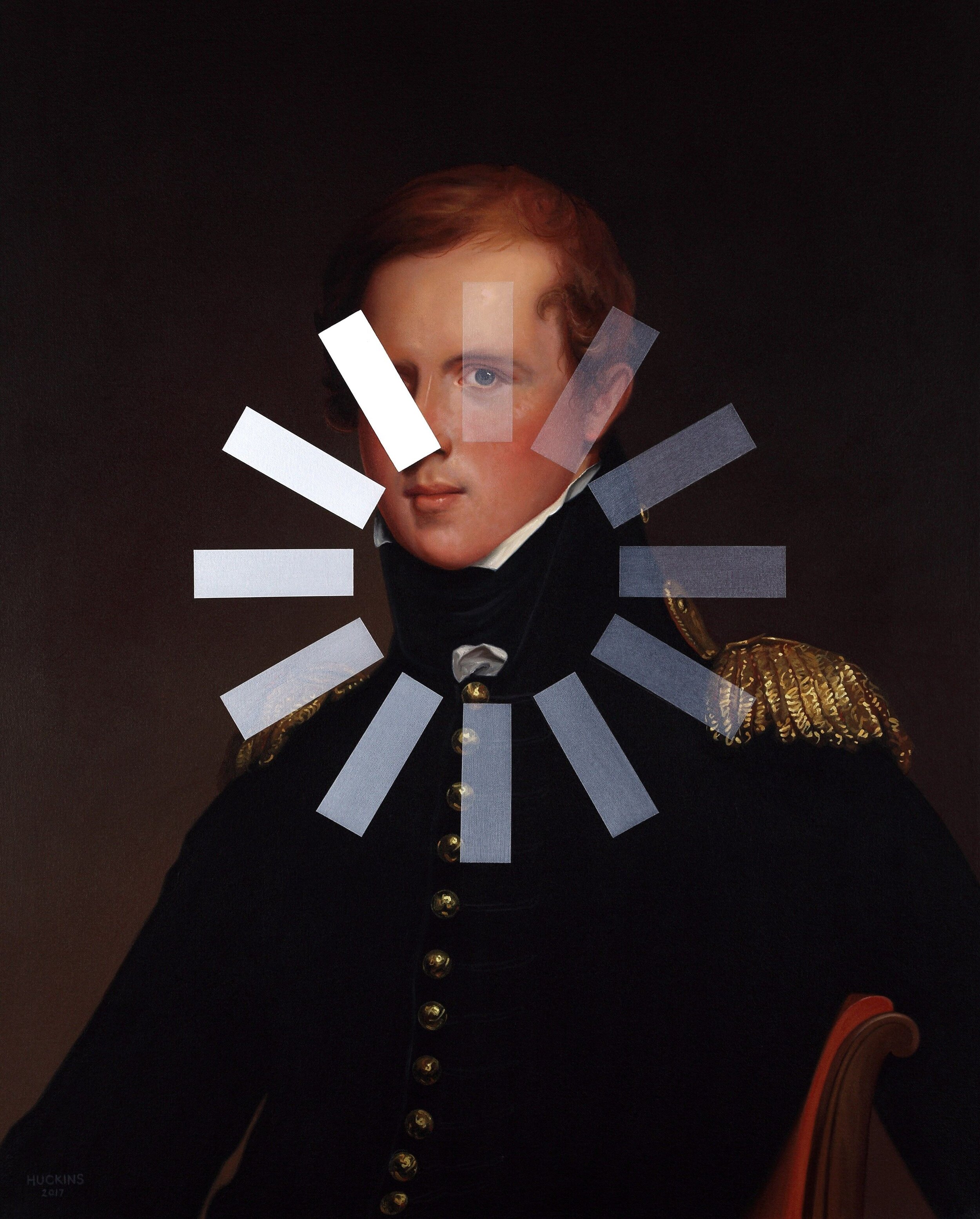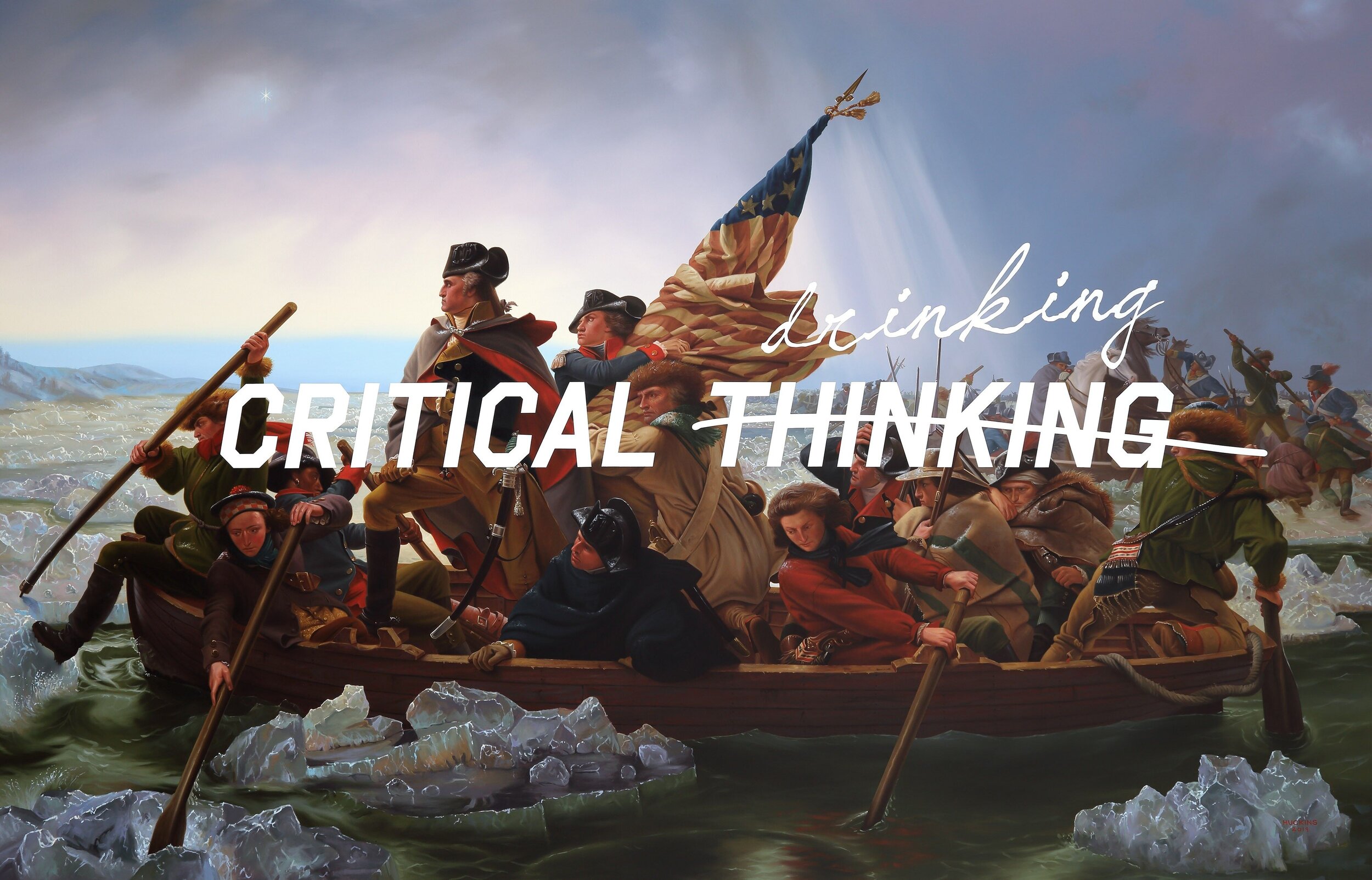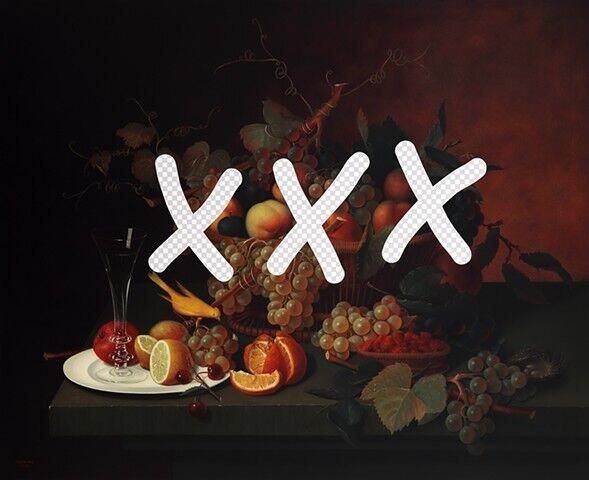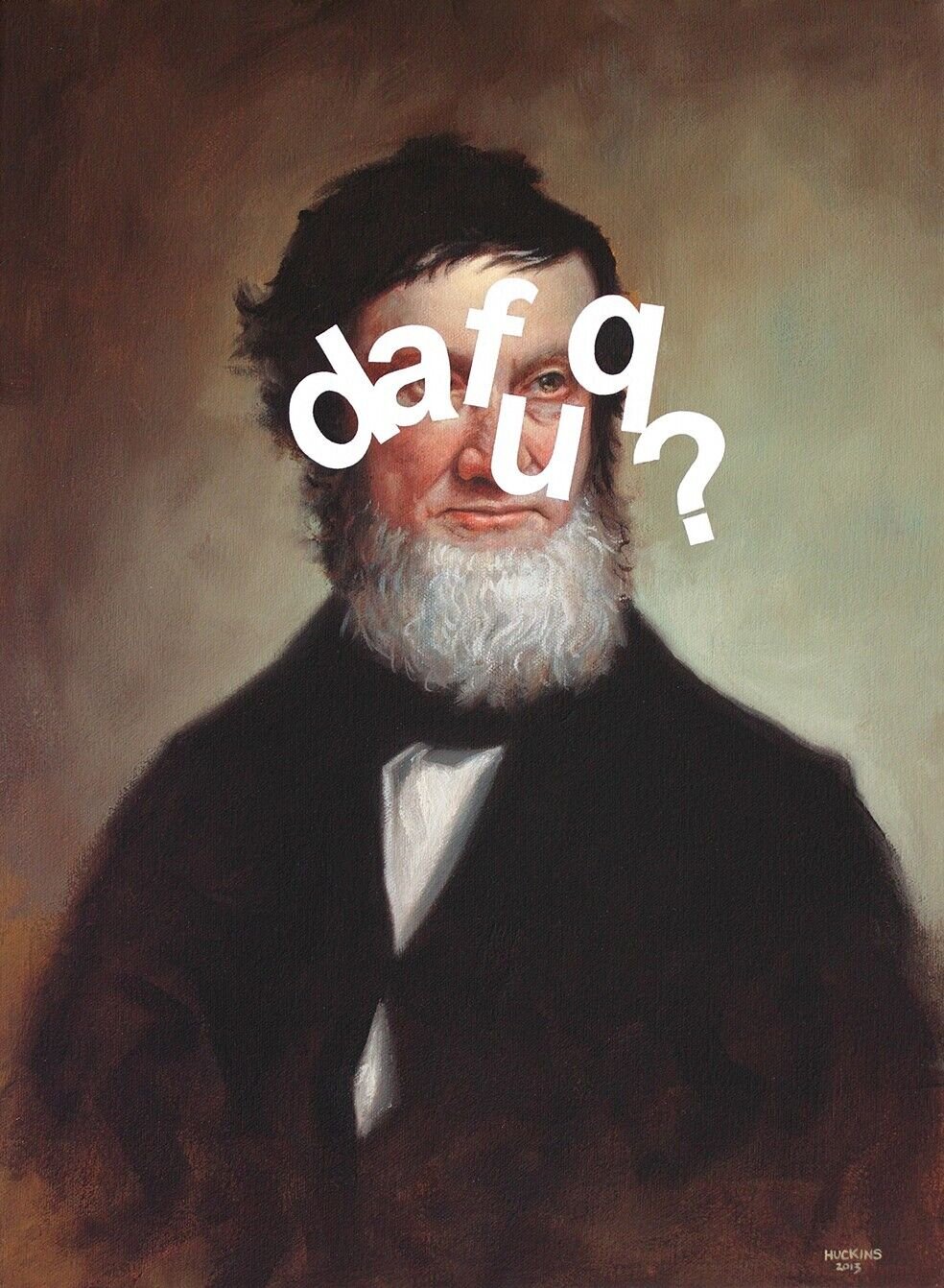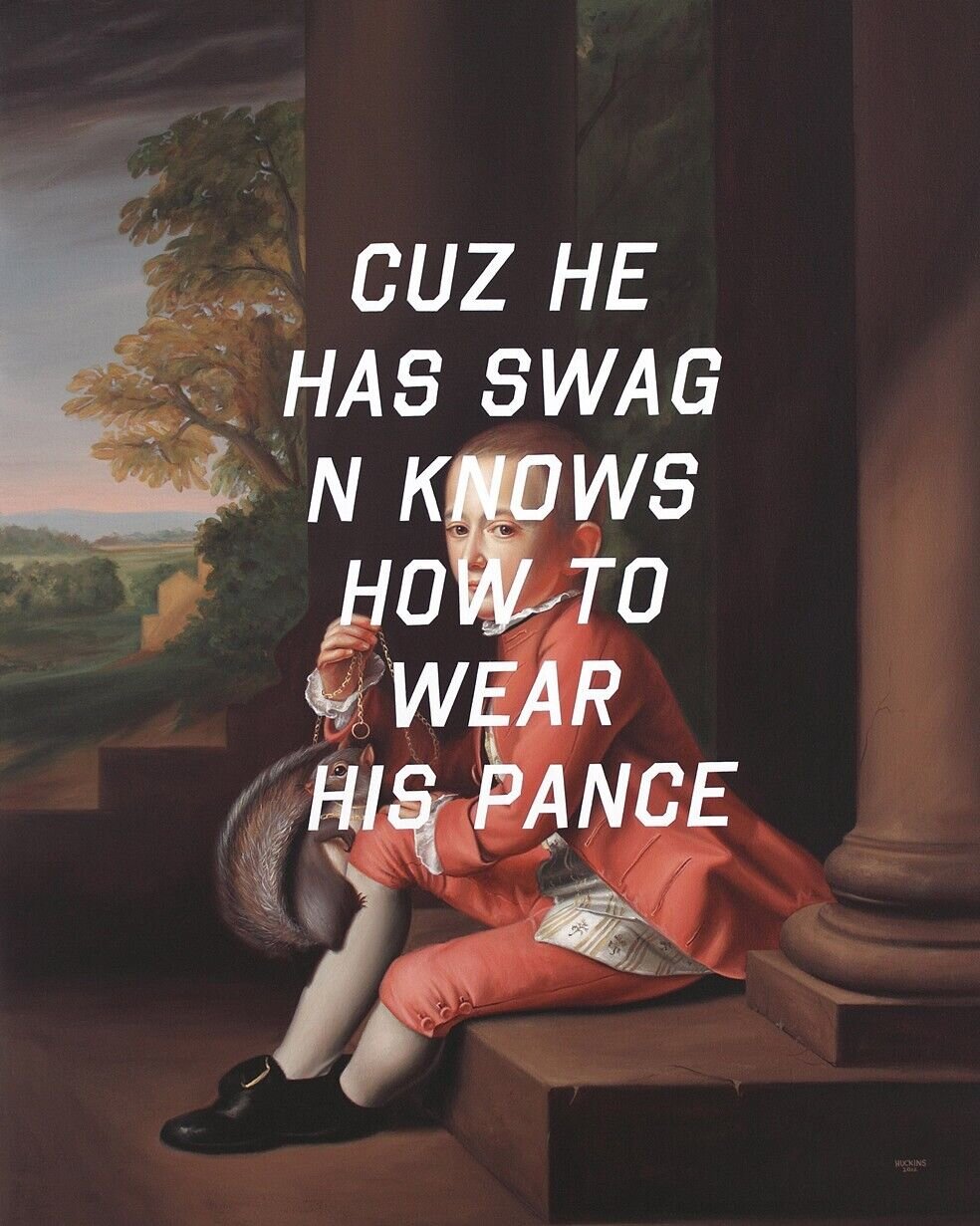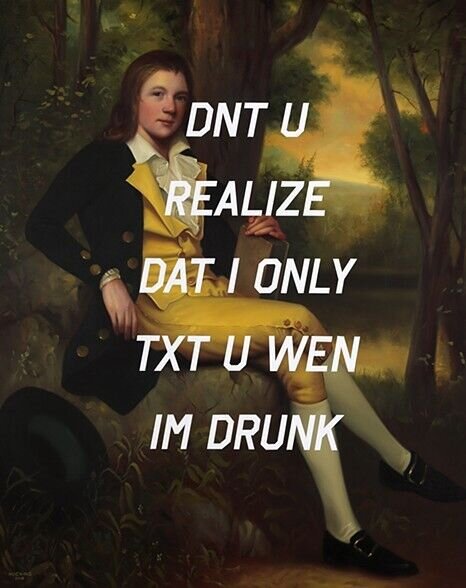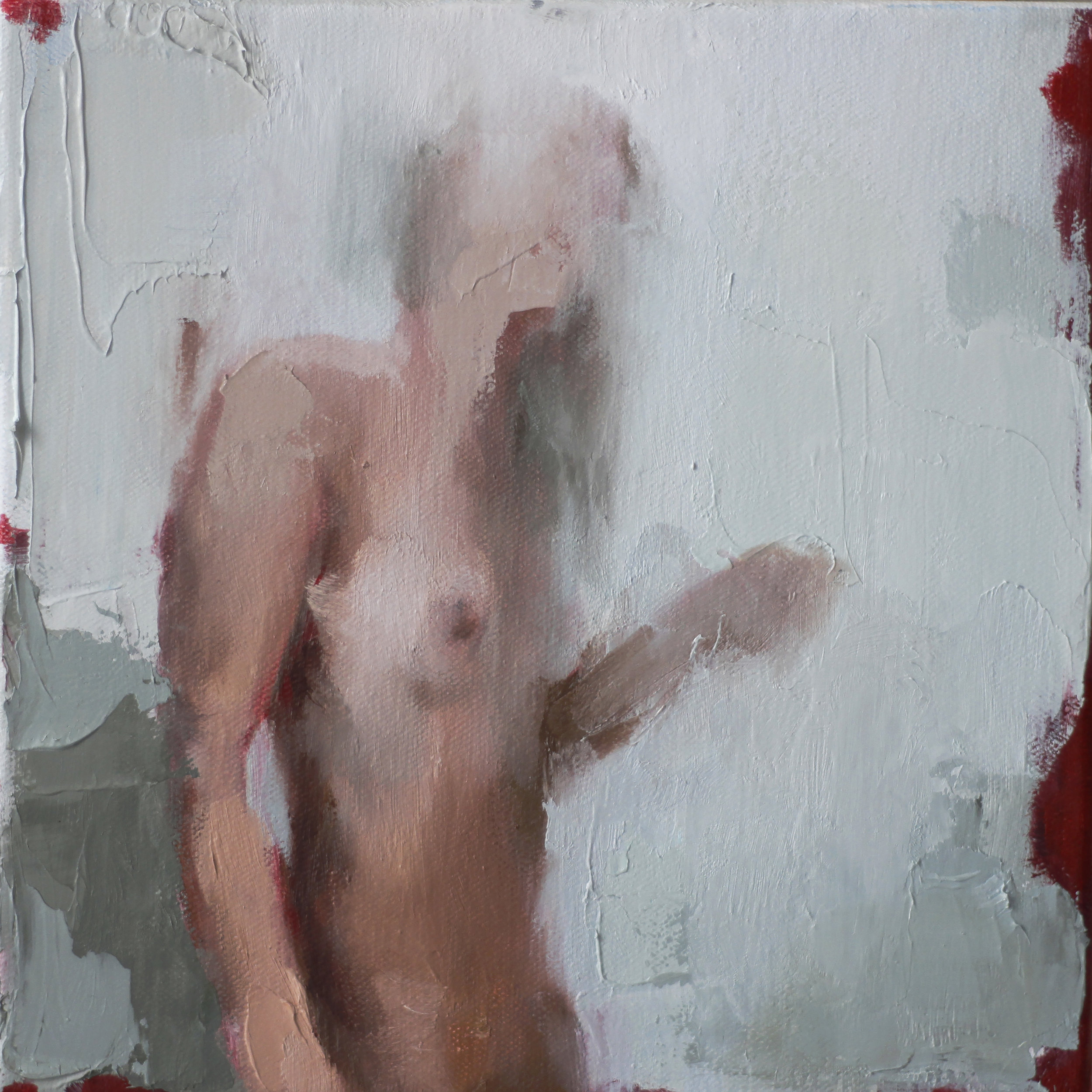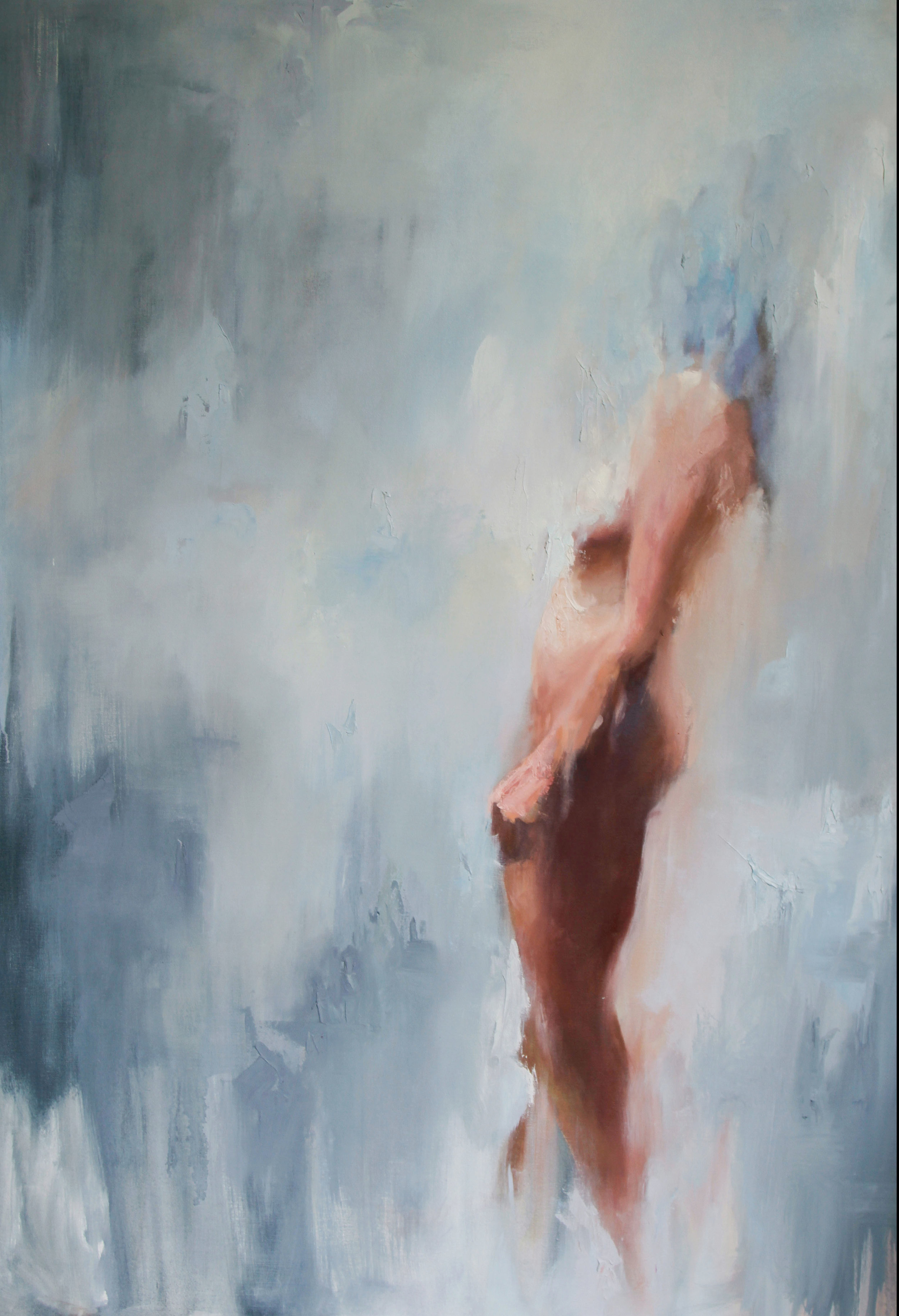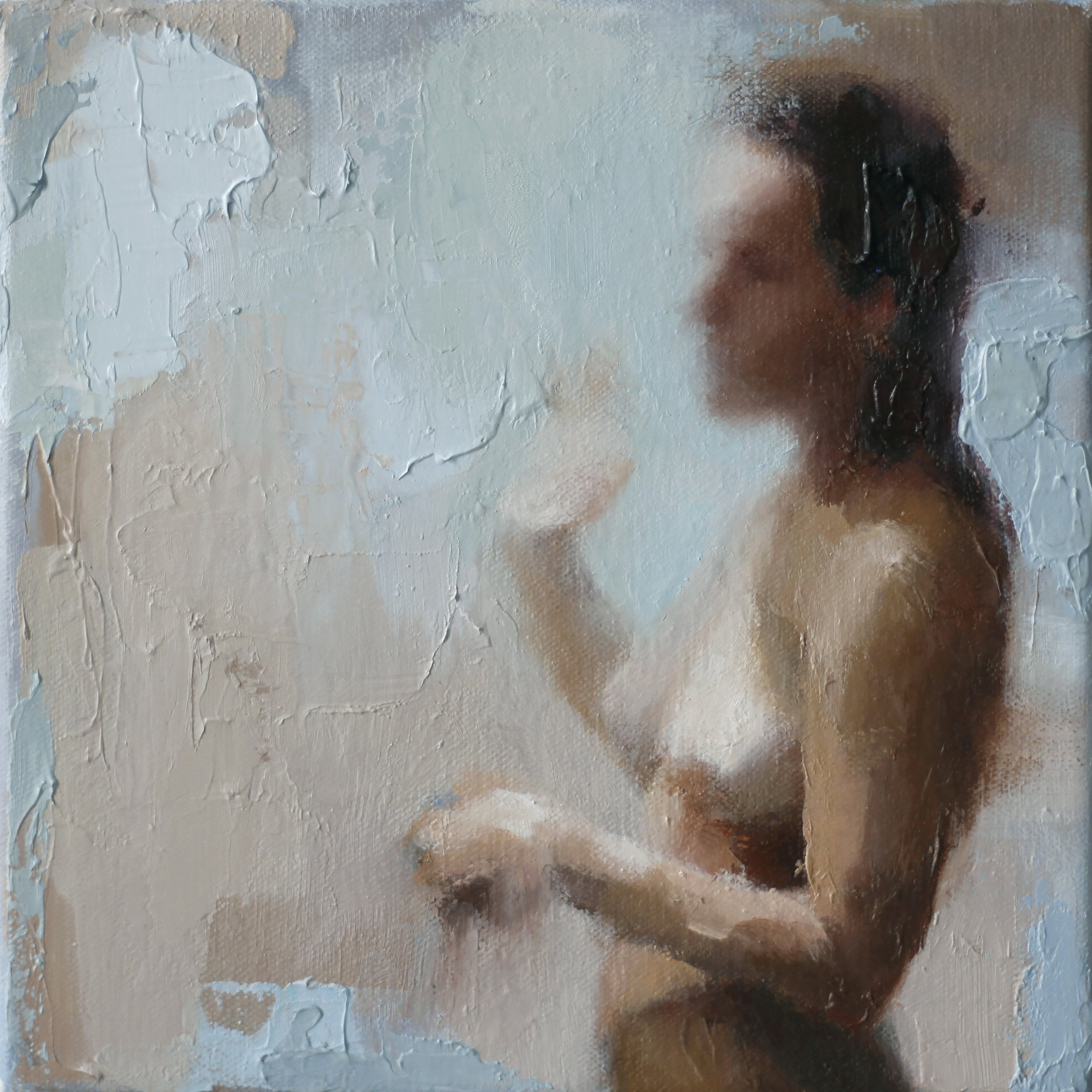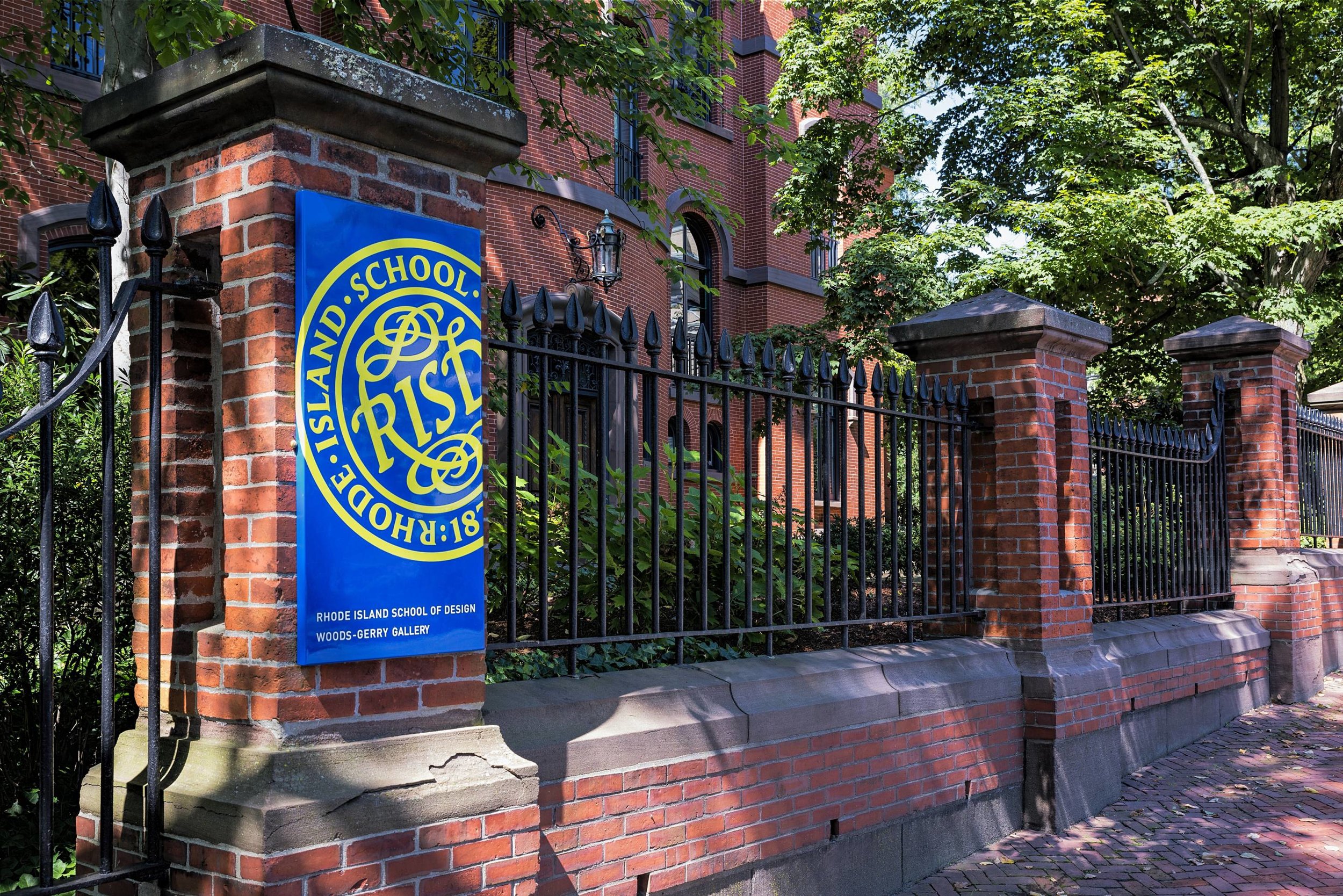The field of gallery work, especially as it relates to commercial gallery spaces, tends to be somewhat misunderstood. It is certainly not thought of in all quarters as a serious career. As a gallery professional, when I meet someone at a social function and the question of work comes up, the statement “I manage an art gallery” almost always elicits the same reply, particularly from those who don’t work in the arts: “That must be fun.” While work in the art market is stimulating and those of us who get to do it are incredibly lucky, those four words, and the mindset they represent, are indicative of some fundamental misconceptions about gallery work and who gallerists are.
The average American rarely, if ever, steps foot in a commercial gallery space. And the majority of Americans have never purchased (and will never purchase) an original work of art. So, it makes sense that most perceptions of gallery work are shaped by popular culture. Scripted television shows like Sex and The City or GIRLS have given us fictional gallery workers like Charlotte York and Marnie Michaels. In the 2003 rom-com classic Love Actually a group of school children snicker at a gallerist’s show of large scale nude photos festooned with Santa hats. And the 2012 Bravo reality series Gallery Girls primarily showed the lives of privileged young women working in the industry. Moreover, recent documentaries and news stories about the art market skewer dealers (alongside others) as shadowy insiders grifting from the nouveau riche. In short, when commercial galleries appear in media they are conversely the object of ridicule about elitism or the subject of suspicion regarding the murky nature of money in the visual arts. And gallery workers themselves are often envisaged as delicately coiffed trust fund babies in need of a hobby.
In addition to this problem of perception in the media, it makes sense that a central conceit of gallery life, the wine and cheese fueled reception, is viewed as a sort of party which gallery staff attend rather than an event which gallery staff work. Anecdotally, at least, it seems that many people see gallery professionals as individuals who have fun for a living. These lucky few spend their days toying with art and rubbing elbows with a bevy of glamorous collectors and talented artists. And in the imaginative mind, this hobnobbing is occasionally punctuated by a glass of Rosé over a sumptuous crudités spread.
Misconceptions about gallery work are not limited to those outside the field. Not long ago, I met an aspiring gallery professional who commented that the best part of gallery work was that curators and directors don’t have to lift a finger, saying, “You just point and people hang it for you.” The disconnect between this comment and the reality of daily life for the majority of individuals who make their living in art galleries astounded me.
So what is the reality for many commercial gallery professionals?
Outside of major hubs like New York or Los Angeles and beyond the walls of mega galleries like Gagosian, Zwirner, or Pace, smaller regionally-based and local galleries tend to be financially precarious and gallery owners are often one-man-bands. This means a gallerist has to possess an incredible array of skills. They must be equal parts curator, writer, preparator, installer, art handler, maintenance supervisor, publicist, public speaker, photographer, graphic designer, accountant, events manager, educator, caterer, bartender, server, and custodian. This isn’t to mention the softer skills of social diplomacy required when dealing with sensitive artists, frugal buyers, and a curious public. This job description would be a tall order for anyone, but when you consider the limited financial incentives involved in the local and regional market it becomes taller still.
The gallerist, in spite of this broad skill set, remains an enigmatic figure. And the pressures of gallery work are often veiled behind the well-crafted façade of the art world. The reality is that employees at the majority of commercial galleries are not, in fact, filing their nails at the reception desk of a white cube on the Lower West Side of Manhattan. But instead, they are engaging in numerous skilled tasks, often across many exhibitions at once. They are, additionally, providing needed services to artists and bringing artwork to the market - often acting as the only professional representation certain locally known artists will ever have.
So, why does it matter if the general public or even art people themselves understand what or who a gallerist is and what their work is like?
Misconceptions about gallery work devalue the labor of gallery professionals. Not only in the eyes of those with an already limited affinity for the visual arts. But also in the minds of those who are genuinely interested in galleries, art, and collecting. An artist once told me that commercial galleries are a racket because gallerists provide virtually nothing in exchange for their 50% commission. This line of thinking is extremely troubling. A good gallery owner, indeed a good gallery professional at any level, does much more. And for this reason gallery workers are worthy of recognition. But the reputation of privilege and frivolity persists. So, too, does the idea of the unfriendly gallery person.
In the popular imagination gallerists are chilly and inaccessible. In reality, though, commercial gallery work is essentially the effort to bring art to new audiences and thereby to new potential clientele. For this reason, gallery staffers must be public people, yet they are often perceived as closed off. This is in part the fault of gallerists everywhere who fantasize that they are the second coming of Larry Gagosian. Gallerists on the lower end of the market who seek to cultivate a reputation for elitism and aloofness do so at their own peril and degrade the reputation of the profession in the process.
Those of us in the gallery field are more often than not amiable people who care about art and artists and work to help them navigate this complicated marketplace insofar as we can. Commercial galleries also provide an incredible, if unspoken, community service in that unlike most art museums they never charge admission. For free, anyone can visit an art gallery and see artwork that is being made by artists right now. And they can often engage directly with the artist, too.
Gallery work is, as many people suspect, deeply enjoyable. But it is also emotionally and physically taxing in its own way. I know many in the business who work around the clock even when the gallery is closed, conducting studio visits, installing purchases in the homes of clients, answering frantic emails from artists on weekends at midnight, to name just a few common tasks. Though the work is often fun, it’s not always easy.
Ultimately, the best way to understand gallery work is to be in the trade. But one can learn a lot by speaking to real world professionals. A little bit of research also goes a long way. Instagram accounts like @arthandlermag, @jerrygogosian, and @contemporarycostanza humorously illuminate some of the things that go on behind-the-scenes. But truly, visiting galleries, reading art news, and following your local gallerist are essential to developing an understanding of gallery culture and the people who make it all happen.
And, if you ever have any questions for your own friendly local gallerist, you should feel more than welcome to email me.



